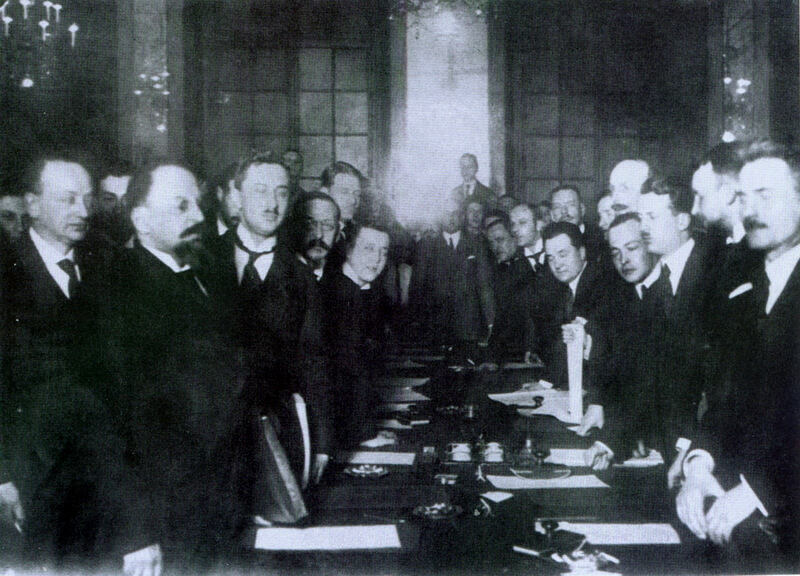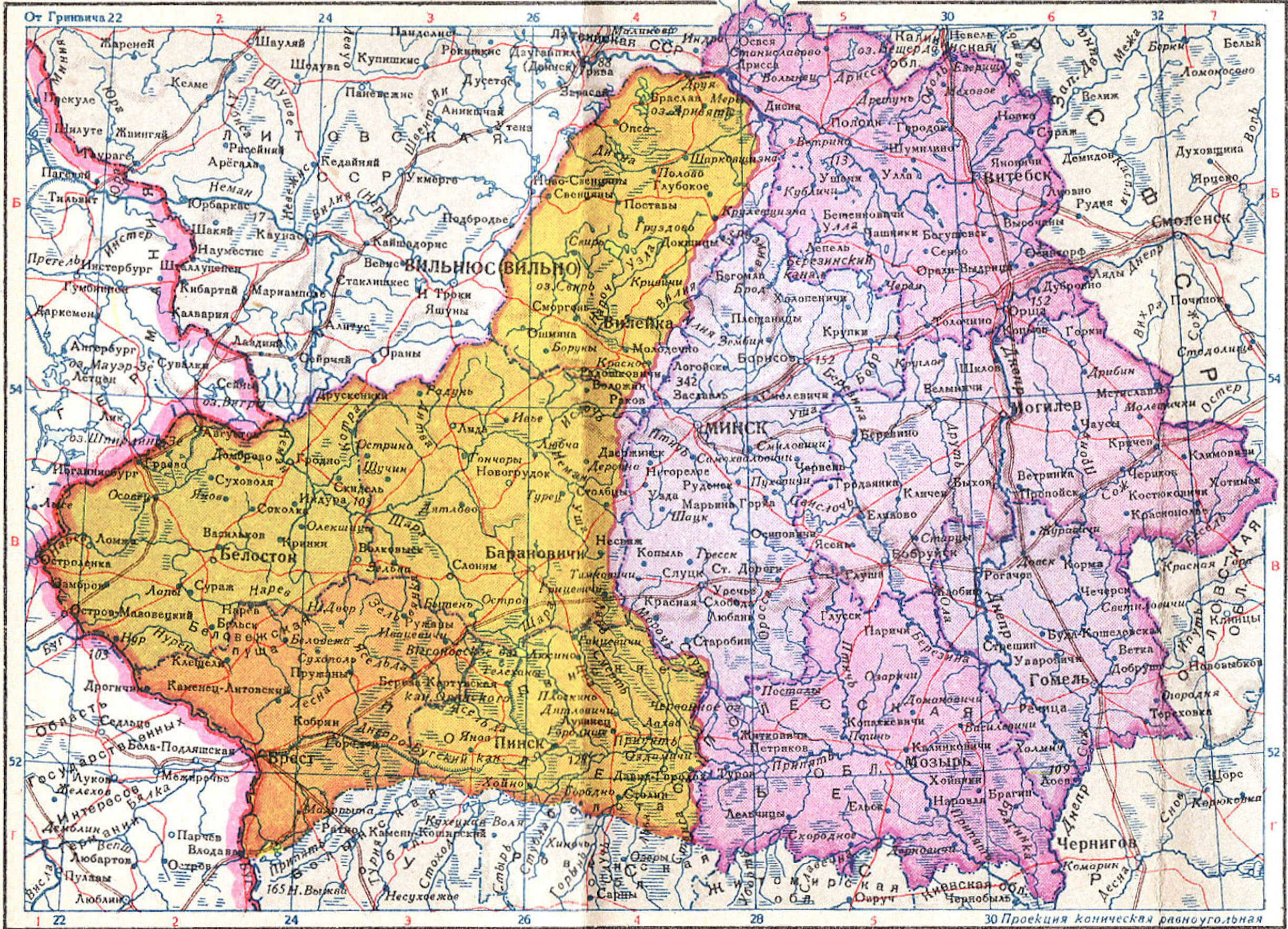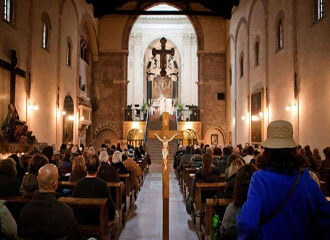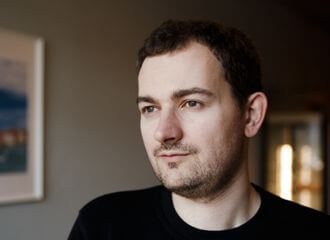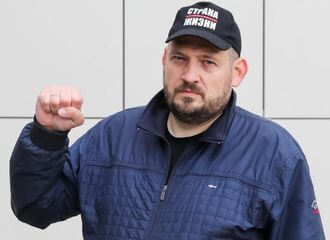На русском языке:
Мнение: «17 сентября — день, у которого две стороны, и надо помнить, что за ним последовало и что предшествовало»
На беларускай мове:
Меркаванне: «17 верасня – дзень, у якога два бакі, і трэба памятаць, што за ім рушыла ўслед і што папярэднічала»
At the exact time when Belarusian society is close to its strongest split, for the second year they try to celebrate Day of People's Unity on September 17 in Belarus.Zmitser Tsiaslyukevich, a historian and teacher, wrote a column in which he looked at September 17, 1939, in a historical context. It is a column about why it was hard to call that day "liberation", but undoubtedly a historical reunification of the territory of Belarus. And the main thing is what led to it and what Belarusians got after it. We quote the author's words unchanged.
September 17, 1939 has become a date of great social controversy. Giving it the status of «national» only intensifies the discussion of this event and its historical results. The question arises, is September 17 the day for «national unity»?
In my opinion, it is impossible to consider this date in this context without looking back at the events that led to «reunification,» namely the 1921 Treaty of Riga. The results of this treaty laid a «time bomb.»
Belarus was not represented at the negotiations, our voice was not heard there. Our ethnic territory was divided between Soviet Russia and Poland.
What did we get as a result of this decision?
The separation of Belarusians. Suddenly thousands of families were divided. Their usual way of life was disrupted. This was a strong strike on the population, especially in the border territories.
Signing of the Treaty of Riga, 1921 / Author unknown
It is important that Belarusian culture, education, and language were supported under the new Polish Constitution of 1921. But in practice, the opposite often happened. Especially, the Belarusan national school suffered and print editions were closed. The situation began to worsen since 1926, when the May coup took place in Poland, and the central authorities began to carry out a policy of «sanation» (rehabilitation), during which pressure on Belarusian politicians, figures of the national movement, and representatives of the Belarusian intelligentsia of Western Belarus intensified.
Eminent figures, such as B. Tarashkevich, S. Rak-Mikhailovsky and others, were imprisoned. Belarusian libraries and schools were closed, circulations of newspapers was confiscated, many Belarusian publications were closed, and their editors were persecuted. In 1937, the Belarusian School Association, one of the most popular cultural and educational organizations in Western Belarus, was banned. Peasants’ and workers’ revolts to improve their economic and social situation were frequent.
What about the BSSR?
Surprisingly, there was a short period of the development of national culture in the 1920s, it is better known as the «policy of Belarusianization.» At that time, political authorities actively supported the development of the Belarusian language and the national school. Publishing activity was actively supported, and the appointment of Belarusians to leading positions increased. But since the end of the 1920s — beginning of the 1930s, everything was stopped and systematically destroyed. The terrible period of political repressions, annihilation and destruction of everything national began.
As for the date of September 17, 1939, what do we have?
The territory of the BSSR divided into the Western and Eastern parts in 1940 after the handing over of Vilnius to Lithuania in October 1939 / Pocket atlas of the USSR
By the end of the 1930s, Belarusians had a difficult time both in the West and in the East. But at the time of the reunification of our territories, it is difficult to speak about «liberation» at all, as the authorities especially emphasize it now.
What did Western Belarusians get in return as «liberation«?
Forced collectivization, purges, repressions, and imposition of a unified political system. Deep and systematic purges and repressions in the territory of Western Belarus affected all aspects of society: economic, social, cultural, etc.
In the first months after reunification, special Chekist groups worked on the territory of Western Belarus to arrest and identify «unreliable elements.» We should also mention mass deportations from the territory of Western Belarus deep into the territory of the USSR, which meant at least 100 thousand people.
In addition, we can also recall victims among very famous Belarusians, political and national leaders. Among them are Raman Skirmunt, the prime minister of the BNR, one of the founders of the newspapers Nasha Niva and Nasha Dolya, and Yanka Pazniak, one of the leaders of the BCD [Belarusian Christian Democracy – ed.], by the way, grandfather of Zianon Pazniak.
Is this the kind of unity Belarusians need?
On September 17, 1939, the territory became united. But in what conditions and at what price for the population of Belarus?
After all, we remember the secret protocols to the Molotov-Ribbentrop Pact, in which Germany and the USSR actually divided all of Eastern Europe between them. How does this fit into the celebration of «unity?» After all, the target under these protocols was not only Western Belarus, but also the ethnic territory of Poland. And a few years before that, in 1934, a non-aggression pact was signed between the USSR and Poland.
From a historical perspective, reunification of our territories is a very important moment. This, I believe, is beyond question. But the events that preceded this day, the conditions in which it took place, the price paid by the population for this reunification and its consequences do not allow us to call it «Day of People’s Unity».
This «holiday» is like a medal with two sides. One is the price of this unity, and the other is unity itself.
